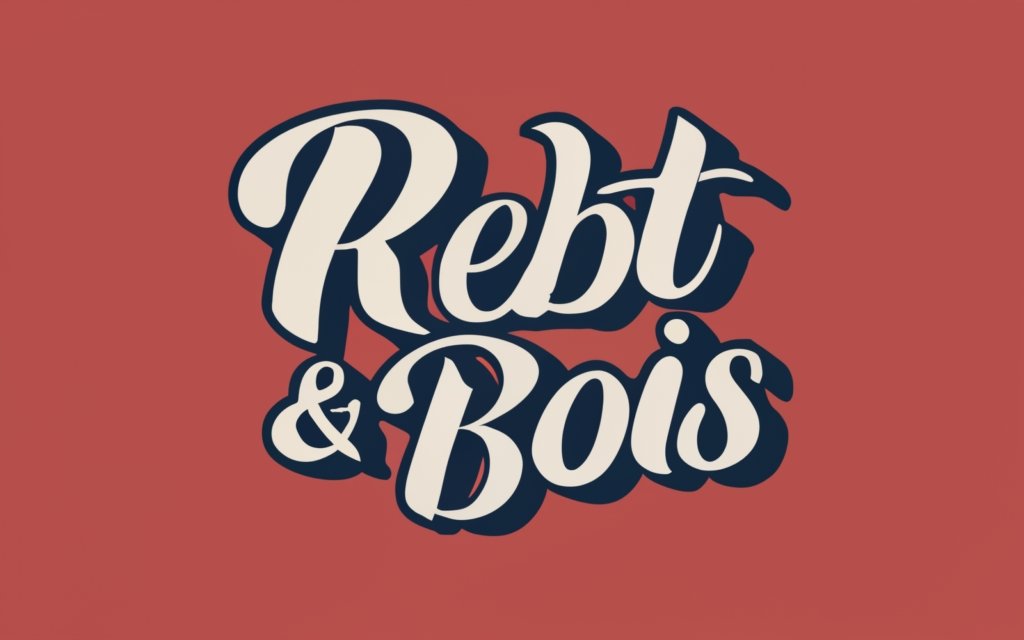This article is intended to help healthcare professionals integrate the BOIS model with other tools commonly used by organizational psychologists or the like.

The BOIS (Behavior, Objective, Impact, Sustainability) model developed by Enterprise Agility University provides a powerful framework for aligning people's behaviors with organizational goals and promoting positive change. However, implementing new behaviors can often be challenging, especially when irrational beliefs stand in the way of progress. That's where Rational Emotive Behavioral Therapy (REBT) can help take the BOIS model to the next level.
REBT focuses on identifying and disputing irrational beliefs that contribute to dysfunctional emotions and behaviors. When paired with the BOIS model's emphasis on sustainable behaviors aligned with objectives, REBT gives us tools to overcome roadblocks to change. Here are some ways organizations can integrate the two approaches:
Assess Current Beliefs
Start by having employees identify beliefs, attitudes and assumptions about themselves, their roles, and the workplace that shape their behaviors. Facilitated sessions and surveys can uncover both rational and irrational thinking patterns that help or hinder objectives.
Dispute Irrational Beliefs
Once limiting beliefs are brought into awareness, employees can challenge distorted thought patterns that hold them back from achieving goals. For example, a belief that "I'm not creative enough to contribute new ideas" can be disputed by highlighting past innovative contributions.
Reframe Toward Rational Beliefs
The next step is guiding employees to replace irrational assumptions with more realistic, constructive perspectives aligned with objectives. In our example, reframing might sound like "I regularly have creative ideas to improve our products and processes."
Reinforce Through Change in Behavior
Finally, encourage new supportive behaviors stemming from the rational beliefs. The employee above could now actively participate in ideation meetings. With repeated change in behavior, the rational mindset is reinforced.
While the BOIS model focuses on aligning sustainable behaviors with goals, REBT supplements it by targeting the underlying thoughts and emotions driving actions. This allows for deeper transformation at the level of beliefs and assumptions. With its emphasis on disputation and reframing irrational thinking, REBT gives employees psychological tools to overcome roadblocks, unlock potential, and fully engage in the organization's objectives.
The result is sustainable behavioral change rooted in rational beliefs and attitudes. By integrating REBT and the BOIS model, organizations create an environment where employees can thrive, adapt to change, and drive innovation. The combination unlocks human potential while moving the company forward. It's a powerful one-two punch to propel organizational objectives and build an agile, resilient workforce ready for future challenges.
